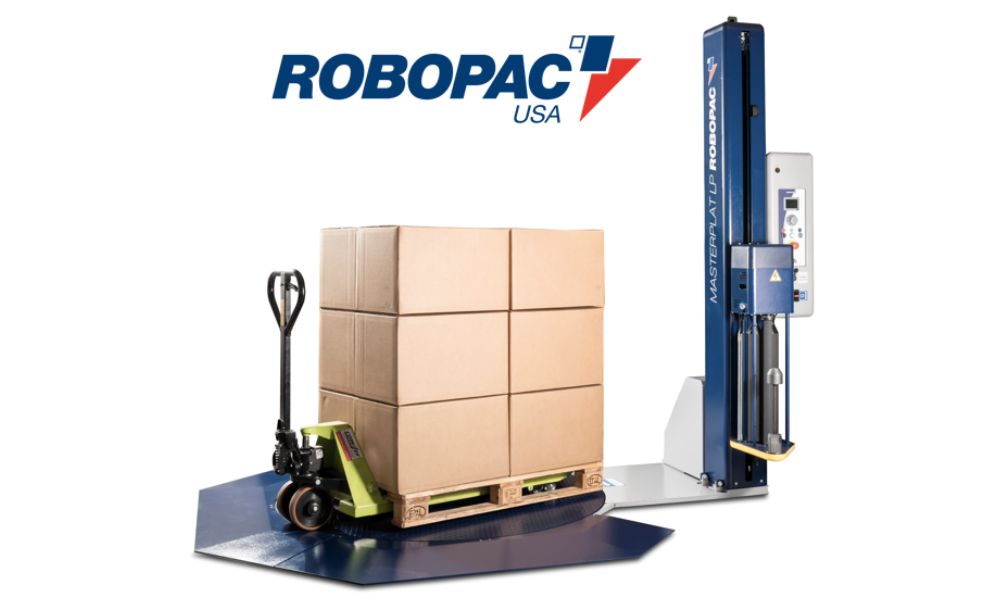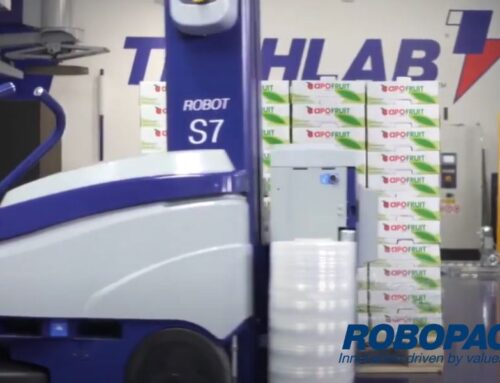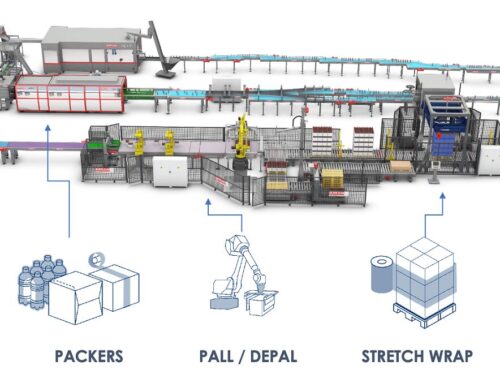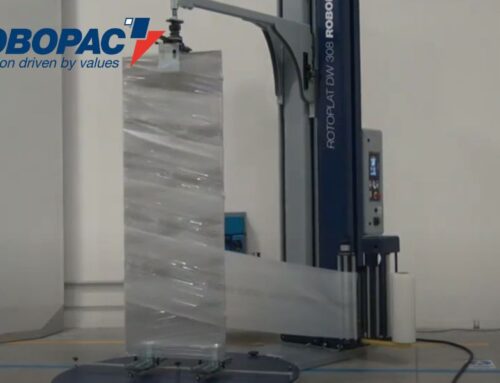Successful e-commerce hinges on a thriving shipping process. But what exactly does the shipping process entail, and how can you optimize it to suit your company’s specific needs and goals? With so many options for shipping solutions available, improving your workflow can seem daunting. However, with the right investments, you can streamline operations and ensure efficient, dependable, and consistent shipping processes for your customers. Read on to explore everything you should know about shipping process workflows and start optimizing shipping operations for your business.
Following Steps in the Shipping Process
The shipping process starts when a customer makes a purchase and ends when the carrier delivers that order safely to the customer. Everything that happens in between is a long and often complicated process that involves different regulations, best practices, third-party services, and other factors that vary from business to business. Only you know exactly what your business’s shipping process entails.
However, there are some general steps in the shipping process that are the same no matter who you are or what kinds of products you sell. These stages include receiving orders, processing orders, and fulfilling orders.
Receiving Orders
The first step in effective shipping is an organized receiving process. When a customer makes a purchase, your warehouse receives the order information. To ensure order receiving goes smoothly, you need to stay on top of inventory levels and make sure you always have the products and materials you need in stock. Poor inventory management can lead to missing or understocked inventory. A customer might purchase something thinking it’s available, only for you to find out you won’t be able to ship that product for weeks. This leads to delays, long shipping times, and frustrated customers.
Proper inventory management—through the use of inventory management software and automated order management systems—enables faster and smoother order fulfillment. This keeps your inventory organized and starts your shipping process off on the right foot.
Processing Orders
The order processing stage involves all the backend processes of verifying the order and making sure all the information is correct and ready to go. This means verifying the transaction data to ensure there’s a valid shipping address, checking stock to make sure you have everything you need for order fulfillment, and so on.
Most, if not all, of this process happens digitally, often through automated software systems. This allows for real-time inventory tracking and order updates, helping you stay on top of your stock while also notifying customers about the status of their purchases.
Fulfilling Orders
Order fulfillment involves everything from grabbing products off of warehouse shelves to sending the order to the customer’s door. Efficient order fulfillment helps products move through your facility and out the door quickly, which, in turn, prevents delays and ensures speedy shipping. It’s not just about speed, though. Warehouse organization, dependable packaging processes, proper order labeling, and other crucial practices help make sure the right products get to the right customers without delays, fees, product damage, or other complications.
Understanding Additional Considerations for International Shipping
If you’re shipping orders internationally, there are additional factors you must consider to ensure a smooth and reliable shipping process. Clearing customs and following international regulations are crucial for staying compliant and efficient. Remember that both countries and carriers can have specific shipping requirements and restrictions. Always plan ahead to make sure you can ship products responsibly and send your orders through customs as efficiently as possible.
Along with having additional steps, international shipping requires extra services and partnerships. It’s important to work with certified export haulage services, origin handlers, and cross-border carriers. Always choose reputable partners who know the ins and outs of international shipping. This will help you avoid fines, delays, and other complications that can cost your business precious time and money.
Working With Third Parties in the Shipping Process
Many different people help your shipping process run smoothly. Depending on the size, location, and goals of your business, you might outsource to shipping companies to process the orders or fulfillment centers to pick and pack orders. You’ll also need to work with a shipping carrier, such as UPS, FedEx, or another major carrier, to transport and deliver your products to customers.
Some companies choose to outsource the majority of their shipping processes to a third-party logistics (3PL) partner. Working with a dependable 3PL means partnering with an experienced team that already has the resources, knowledge, and contacts to streamline shipping and fulfill your orders with confidence and care. As always, though, it’s essential to choose your business partners wisely. Check reviews, compare rates and prices, and ask plenty of questions to ensure you partner with a business that delivers dependable services while upholding your own company values.
Monitoring Quality for Continuous Improvement
One of the most important things to know about shipping process workflows is how to identify areas of improvement in order to create effective, lasting solutions for those issues. Quality assurance plays a big role in this. By monitoring your workflow through stringent quality control procedures and routine inspections, you can easily spot consistent errors or inefficiencies.
Employee feedback can also help with quality control. By gathering input from workers who are on the floor fulfilling orders, you gain greater insight into the minutiae of your operations. This gives you more detailed information and ideas to use when making decisions about workflow changes, equipment upgrades, and other factors.
Improving Speed While Preserving Quality
A faster workflow means faster shipping, and faster shipping means happier customers and a higher volume of orders. That said, the last thing you want to do is prioritize speed so much that you start to lose your level of quality.
One of the best ways to improve efficiency without sacrificing consistency or dependability is by using automation. Warehouse automation like case packers, palletizers, and stretch wrapping machines improve consistency with every product load, delivering reliable solutions while minimizing mistakes that lead to waste, delays, and other issues.
Enhancing Your Shipping Process With Robopac USA
Businesses need fast, consistent, and flexible shipping processes to stay competitive in today’s market. When it’s time to optimize your shipping workflow, turn to the team at Robopac USA. We offer advanced secondary packaging solutions, like our turntable stretch wrappers, to help businesses remain efficient, organized, and reliable for their customers. See how our equipment options can elevate your business operations when you visit us today.








